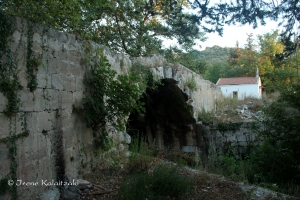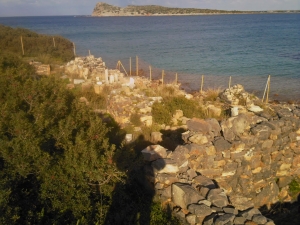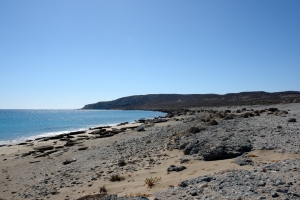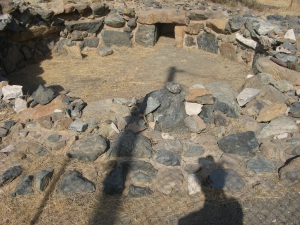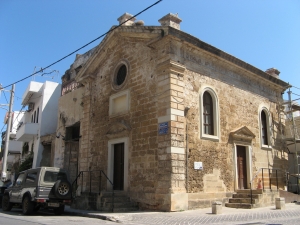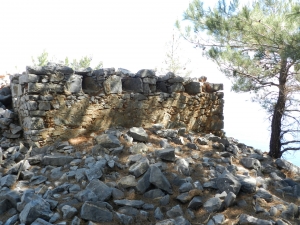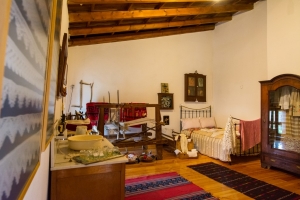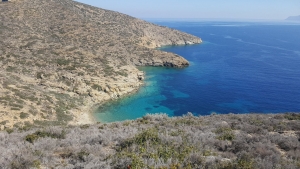Elliniki Kamara (i.e. Greek Arch) is an arched bridge built in the Hellenistic Era with some later additions (Venetian and Ottoman Era). The name comes from Hellenistic Kamara. The opening of the arc is 11.10m long, 8.40m high and has a width of 3.00m.
Very close to the beach Kolokitha we meet the ruins of an early Christian basilica (5-6th century) that came to light in 1971 by the archaeologist Manolis Borboudakis. There is also a tiny lovely beach aside. We see scattered pieces of marble capitals, the pulpit and the gates, and the mosaic floors that have been completely destroyed by the sea.
The beautiful beachfront facing east and extending from the northernmost point of Koufonisi to the small well beneath the outpost of the island is called Anemertia. Anemertia's northern part is sandy, while the south is mainly rocky.
At Gerokambos (Sacred Place) west of Lendas in 1959 three vaulted tombs were found, with the largest (diameter 5.10m) looted and empty. In front of the entrance, a hall was full of people and animal bones, charcoal and cups. In a second tomb figurines, daggers, vases, seals and beads were found.
At the northwestern edge of the square Splantzia we meet the church of San Rocco. The construction of the temple took place in 1630, probably after the outbreak of a plague, as Saint Rokkos was the protector against plague.
The mountainous and inhospitable province of Sfakia hosts several small and large koules, ie Ottoman towers, which was built by the Ottomans to control this revolutionary area. One of the most unknown forts lies in ruins in the mountains west of the gorge of Samaria and you can reach it via the trail of the known Koules of Agia Roumeli.
The Folklore Museum of Ano Asites operates since 1995 in a traditional building of 1880. It represents a traditional Cretan house, where the ground floor houses the warehouse and the kitchen, and the floor houses the bedroom and the living room.
On the island there are several small beaches, the largest of which is located north of the site is sandy. Just below the ancient settlement (to the south) there is a small bay with two small beautiful pebble beaches. All beaches of Pseira are located on the south side of the island thus they are protected from ordinary north winds.





